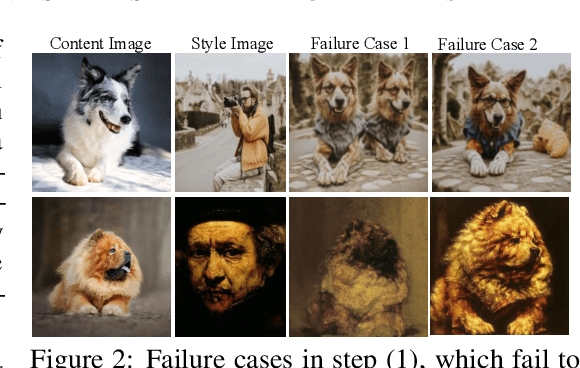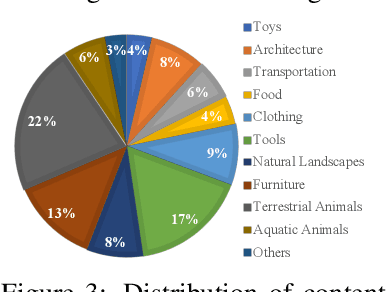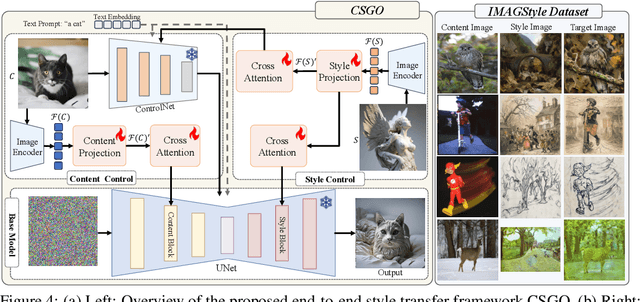Renyuan Huang
CSGO: Content-Style Composition in Text-to-Image Generation
Sep 04, 2024



Abstract:The diffusion model has shown exceptional capabilities in controlled image generation, which has further fueled interest in image style transfer. Existing works mainly focus on training free-based methods (e.g., image inversion) due to the scarcity of specific data. In this study, we present a data construction pipeline for content-style-stylized image triplets that generates and automatically cleanses stylized data triplets. Based on this pipeline, we construct a dataset IMAGStyle, the first large-scale style transfer dataset containing 210k image triplets, available for the community to explore and research. Equipped with IMAGStyle, we propose CSGO, a style transfer model based on end-to-end training, which explicitly decouples content and style features employing independent feature injection. The unified CSGO implements image-driven style transfer, text-driven stylized synthesis, and text editing-driven stylized synthesis. Extensive experiments demonstrate the effectiveness of our approach in enhancing style control capabilities in image generation. Additional visualization and access to the source code can be located on the project page: \url{https://csgo-gen.github.io/}.
InstantStyle-Plus: Style Transfer with Content-Preserving in Text-to-Image Generation
Jun 30, 2024



Abstract:Style transfer is an inventive process designed to create an image that maintains the essence of the original while embracing the visual style of another. Although diffusion models have demonstrated impressive generative power in personalized subject-driven or style-driven applications, existing state-of-the-art methods still encounter difficulties in achieving a seamless balance between content preservation and style enhancement. For example, amplifying the style's influence can often undermine the structural integrity of the content. To address these challenges, we deconstruct the style transfer task into three core elements: 1) Style, focusing on the image's aesthetic characteristics; 2) Spatial Structure, concerning the geometric arrangement and composition of visual elements; and 3) Semantic Content, which captures the conceptual meaning of the image. Guided by these principles, we introduce InstantStyle-Plus, an approach that prioritizes the integrity of the original content while seamlessly integrating the target style. Specifically, our method accomplishes style injection through an efficient, lightweight process, utilizing the cutting-edge InstantStyle framework. To reinforce the content preservation, we initiate the process with an inverted content latent noise and a versatile plug-and-play tile ControlNet for preserving the original image's intrinsic layout. We also incorporate a global semantic adapter to enhance the semantic content's fidelity. To safeguard against the dilution of style information, a style extractor is employed as discriminator for providing supplementary style guidance. Codes will be available at https://github.com/instantX-research/InstantStyle-Plus.
 Add to Chrome
Add to Chrome Add to Firefox
Add to Firefox Add to Edge
Add to Edge